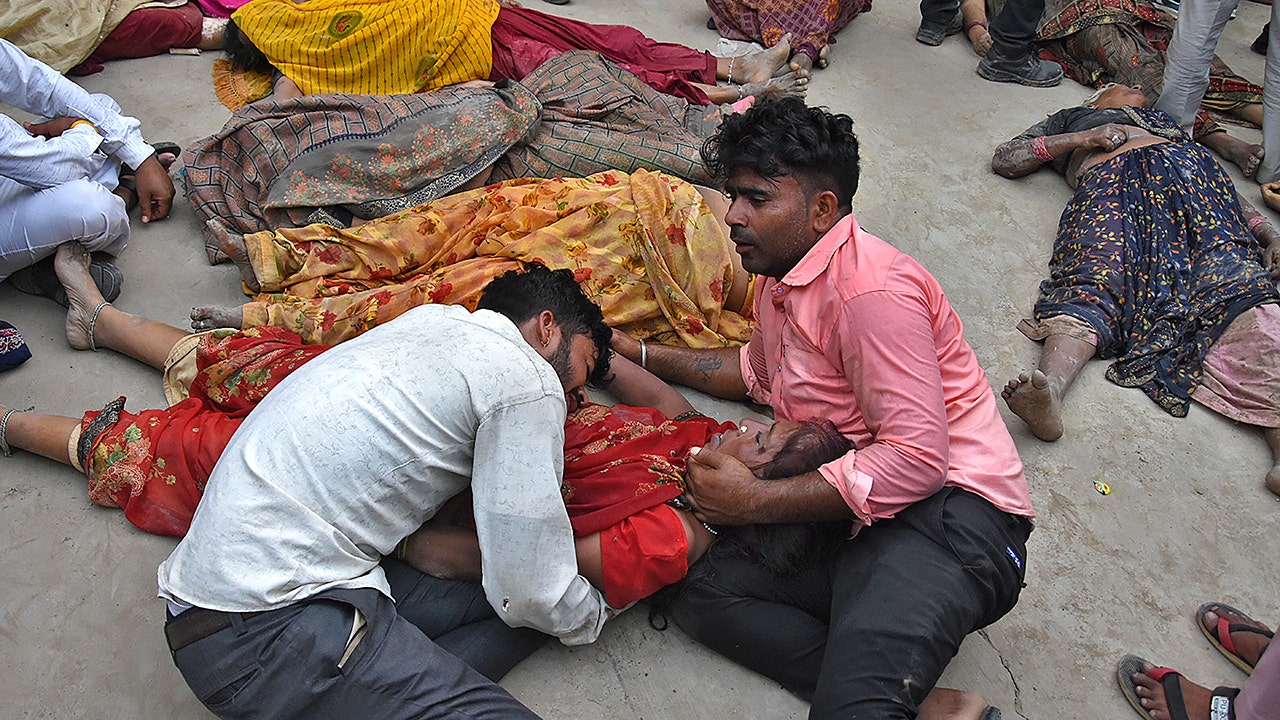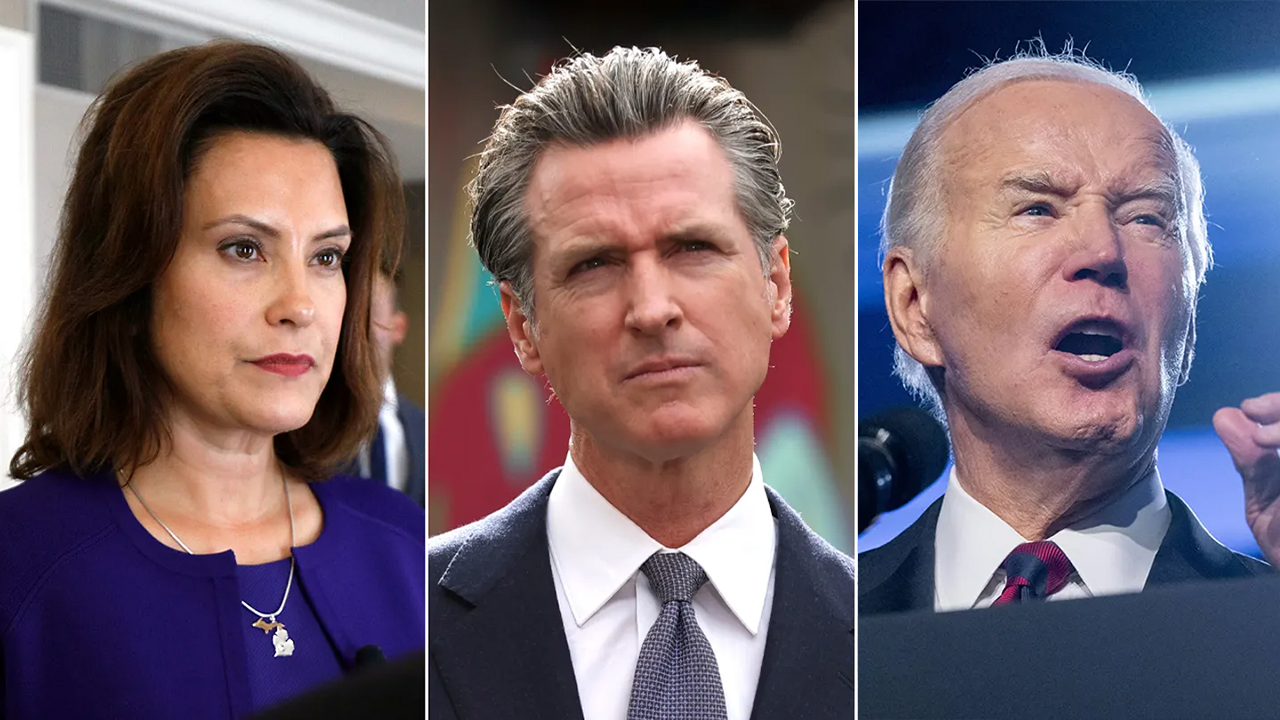San Diego, CA
Millions in Nigeria have little to no electricity. It’s straining businesses and public services

IBADAN, Nigeria (AP) — Dimly lit and stuffy classrooms stir with life every morning as children file in. Rays of sunlight stream through wooden windows, the only source of light. Pupils squint at their books and intermittently the blackboard as teachers try to hold their attention.
It’s a reality for many schoolchildren across Nigeria, where many buildings don’t have access to the national electricity grid. In Excellent Moral School in Olodo Okin in Ibadan, “the entire community is not connected, including the school,” said school founder Muyideen Raji. It acutely affects pupils, he said, who can’t learn how to use computers or the Internet and can’t study in the evenings.
About half of Nigeria’s more than 200 million people are hooked up to a national electricity grid that can’t provide sufficient daily electricity to most of those connected. Many poor, rural communities like Olodo Okin are off the grid entirely.
In a country with abundant sunshine, many are looking to solar energy to help fill the gaps, but getting risk-averse investors to finance major solar projects that would give Nigeria enough reliable energy is an uphill struggle. It means that millions in the country are finding ways to live with little to no electricity.
Lots of sun, few funds
Studies have shown that Nigeria could generate much more electricity than it needs from solar energy thanks to its powerful sunshine. But 14 grid-scale solar projects in the northern and central parts of the country that could generate 1,125 megawatts of electricity have stalled since contracts were signed in 2016.
Those trying to develop solar projects in the country blame interest rates for borrowing which can be as high as 15 percent, two to three times higher than in advanced economies and China, according to the International Energy Agency.
That means it’s more costly for solar companies to work in Nigeria or other developing nations than in rich countries. Africa only has one-fifth the solar power capacity of Germany, and just 2% of global clean energy investments go to the continent.
“The same project put up in Nigeria and Denmark; the Danish project will get funding for 2 to 3 percent” interest rate, said Najim Animashaun, director of Nova Power, one of the stalled solar projects. Meanwhile he struggles to get loans even with interest rates of 10 percent or higher, “even though my solar project can produce two and half times more power,” than a Danish one.
Nigeria also does not set so-called cost-reflective tariffs, meaning the price consumers pay for electricity doesn’t cover the costs to produce and distribute it. This means distribution companies can’t fully pay producers and the industry relies on government interventions to stay afloat, scaring off lenders from investing in the solar industry.
Currently, power producers say they are owed up to 3.7 trillion Naira ($2.7 billion) by the government, making it difficult to meet obligations to their lenders and contractors.
One option would be getting World Bank guarantees that would put investors at ease and make them more willing to put money into solar projects — but the government is wary of signing up to anything that would force them to pay large sums even if electricity from the projects does not get the consumers because of inadequate transmission and distribution infrastructure.
But without World Bank guarantees “nobody will develop or finance a project with a government subsidy, because it can dry off,” said Edu Okeke, the managing director of Azura Power. Azura Power has a stake in the now-stalled 100 megawatt Nova solar project in Nigeria’s northern Katsina State.
Stop-gap solutions
With less than 8,000 megawatts of capacity and an average supply of less than 4,000 megawatts — less than half of what Singapore supplies to just 5.6 million people — power outages are an everyday occurrence in Nigeria.
Communities like Excellent Moral School’s in Ibadan that have no access to electricity are often surrounded by more fortunate ones that are connected to the grid but experience frequent outages and have to use gasoline and diesel-run private generators.
With the long-running petroleum subsidies now removed, many households, schools, hospitals and businesses struggle with the cost of the fuel for their backup generators.
“We have stopped using a diesel generator as an alternative due to costs,” said Abdulhakeem Adedoja, the head of Lorat Nursery and Primary School in Ibadan. He added that although the school is in an Ibadan area that is connected to the grid, they could go two weeks without a power supply.
The problem is not just the lack of electricity for computer-aided learning, proper lighting, and fans to make classes less stuffy for pupils and teachers, but also that students are unable to complete their school assignments at home, Adedoja said.
For more energy-hungry small businesses like restaurants, they either close shop or continue with alternative power generation, incurring high costs that hurt their capacity for expansion.
Ebunola Akinwale, the owner of Nature’s Treat Cafe in Ibadan, said she pays 2.5 million Naira ($1,700) monthly to power backup generators in her four branches.
“If nothing changes, I probably would have to close one or two branches,” she said, though she is planning to go solar which she enthuses will help us cut “pollution from the diesel (generators).” She’s in talks with her bank for a low-cost loan package specially designed for young women entrepreneurs to finance the solar alternative.
However, not every business and household has such access or can afford the upfront capital for a private solar system. School heads Raji and Adedoja said they find the costs prohibitive.
Finding a way forward
The stalled solar projects aren’t happening as finances don’t add up, but even for other sources of electricity generation, Nigeria struggles to attract desperately needed private financing.
The power minister, Adebayo Adelabu, said in May that in order to address the financial crisis affecting the electricity sector, prices must reflect the true costs of service because a broke “government cannot afford to pay 3 trillion Naira ($2.4 billion) in subsidy.”
The government also insists that Nigerians paying fully for the electricity they consume would encourage investments in the sector.
There has been some pushback to that, as labor unions went on strike in early June in part to protest electricity tariff increases.
But businesspeople like Akinwale understand the government’s position because regularly supplied grid electricity, even without a subsidy, is “still cheaper and cleaner” than diesel for generators, she said.
If finances for grid-scale solar projects do not add up, the government should offer incentives such as tax relief and payment plans to encourage private solar adoption, Akinwale said. “Sunlight is there abundantly,” she said.
Former regulatory chief Sam Amadi doubts if consumers in Nigeria — where the minimum wage is 30,000 Naira ($20) a month — “can today pay for energy consumed without subsidy.” He also wants a policy that makes it more affordable to have smaller-scale solar projects dotted across communities, businesses and homes.
Until then, there are consequences to the frequent blackouts, he said.
“I have the story of a person who died in hospital because the electricity went out during operation,” he said. “Every day, we see the real-world effects of the lack of electricity.”
___
The Associated Press’ climate and environmental coverage receives financial support from multiple private foundations. AP is solely responsible for all content. Find AP’s standards for working with philanthropies, a list of supporters and funded coverage areas at AP.org.

San Diego, CA
Why San Diego Animal Shelters Are Severely Overcrowded | San Diego Magazine

For just over a year, local animal shelters have been sounding the alarm that there are more pets than they can support in need of permanent homes. This has happened before, but typically during brief periods like kitten season. This time around, the situation is unique in that organizations are struggling to adopt out dogs, especially large breeds such as huskies, German shepherds, and pit bulls (who also have big litters).
“Dog overpopulation in shelters right now is something we’ve never seen before,” says Dr. Gary Weitzman, CEO of San Diego Humane Society (SDHS).
According to Stephanie Filer, executive director of the national organization Shelter Animals Count, the usual flow of animals in and out of shelters has fallen out of balance since the pandemic. “We have had more pets entering shelters than have left,” she says. “The number of days that large dogs are waiting to get adopted has doubled.”
Experts are unsure why adoptions have flatlined, but the reasons for increased pet surrenders are clear.
“When owners are surrendering [animals], it’s because they literally cannot afford to care for them or cannot find a place to live with them,” Filer says.
Landlords frequently bar pets over 50 pounds or restrict certain breeds. Amid a housing crisis, renters may not have the luxury of choosing affordable residences that also accommodate large dogs. In a 2021 report, Michelson Found Animals claims 8.2 million pets could find homes if these restrictions were lifted. The organization also found that housing led 14 percent of surveyed renters to surrender animals.
“As a society, we really want people to be able to have animals and enjoy that companionship and not have those resource issues be a factor, but they are certainly what’s driving the overcrowding,” says Jill Tucker, CEO of California Animal Welfare Association (CalAnimals).
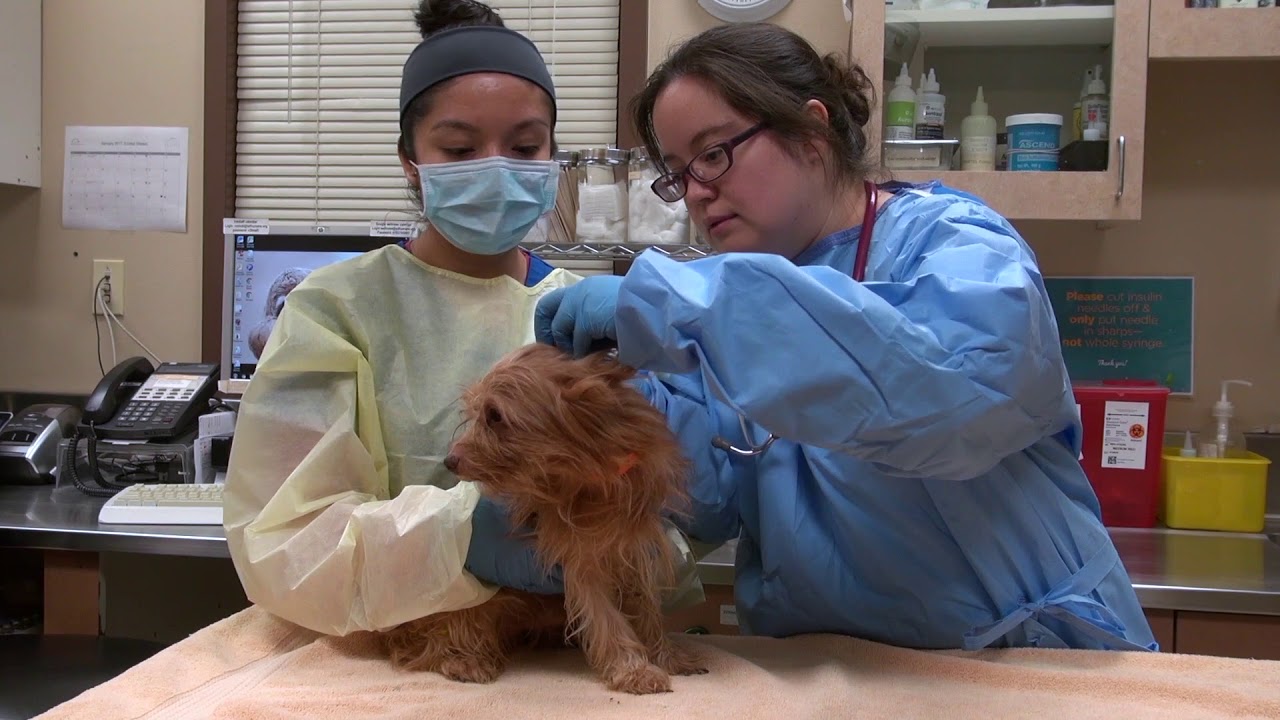
Of course, housing isn’t the only economic concern contributing to shelter overcrowding. The New York Times reported last month that the cost of veterinary care has shot up more than 60 percent in the past 10 years. Meanwhile, the number of vets has dropped—the staggering debt, relatively paltry salary, and high stress of the profession has led to veterinarian shortages across the US.
Shelters are affected by the vet shortage, too. According to a recent survey of California animal welfare organizations by the Program for Pet Health Equity at the University of Tennessee, 64 percent of organizations cannot provide certain kinds of veterinary care, such as spaying and neutering, to animals at their facilities because they are unable to fill vacant veterinarian positions or afford or even find appointments at nearby vets.
At the beginning of the pandemic, many vet surgeons ceased spay and neuter procedures amid a PPE shortage in which safety equipment was saved for human medical care. Large-scale spay and neuter programs that often fixed upwards of 50 animals in a single day were paused due to the health risk of congregating in groups.
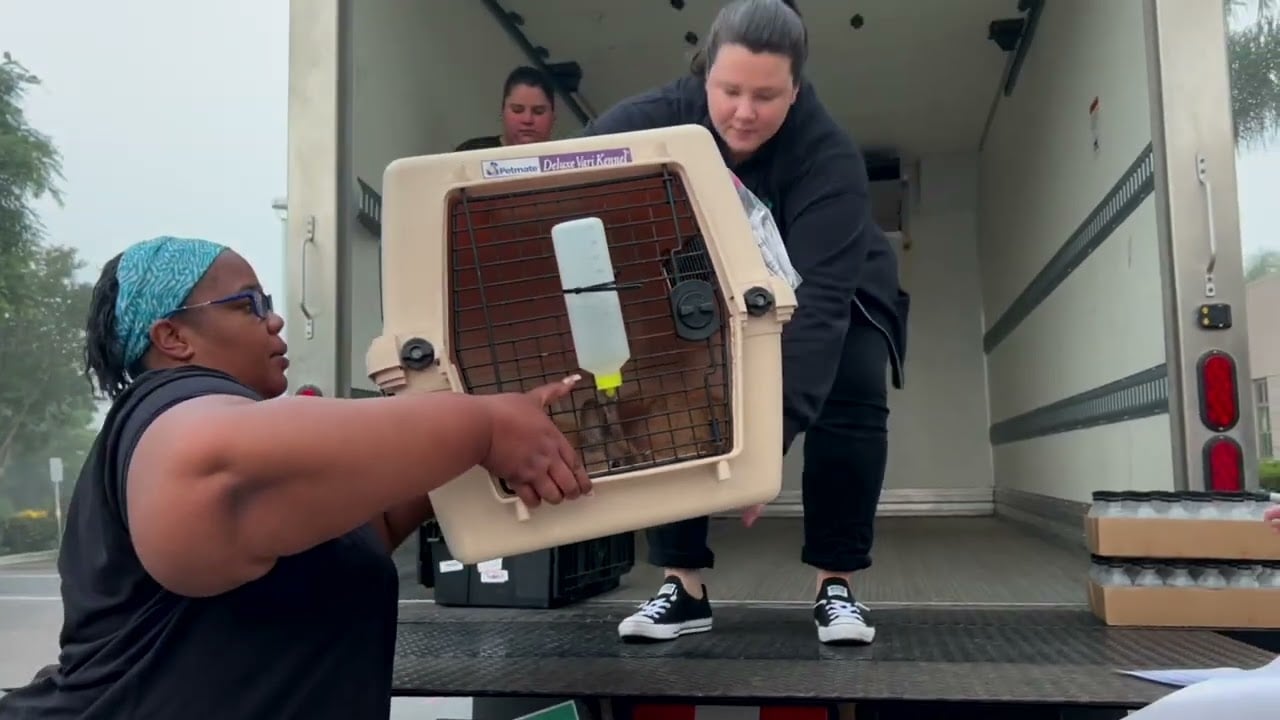
Previously, SDHS, one of the largest shelters in the nation, received puppies transferred from Arizona and parts of the American south each year, taking pressure off shelters in those regions and allowing San Diegans to adopt young dogs. For the first time, SDHS has not been able to accept transferred animals because there are puppies entering the shelter system locally. As of May 30, “we’ve got about 140 puppies right now and they’re all from San Diego,” Weitzman says.
“For [SDHS] to not be able to help organizations who previously depended on them, because, rightfully, they need to help the animals in their community first, it does create this ripple effect across the country,” Filer adds.
Currently, SDHS is building a new veterinary facility for mass spay and neuter care, but in the interim, the organization, which performs 80 to 100 sterilization procedures per day already, has had to cut back on providing that service for pet owners in the community because they have so many animals in their own care. This only leads to more unaltered pets in the community in the future. “It’s just this exponential math problem,” Tucker says.
Amid this national crisis, overpopulated shelters face thorny decisions: Will they limit their intake of abandoned animals; house more animals in subpar conditions, like hallways lined with cages; or euthanize pets so the remaining animals have enough space? SDHS has a no-euthanasia policy, but reps have stated that overcrowding causes behavior problems, risks the spread of contagious diseases, and leads to immense stress on staff and animals.

“Shelters get stuck in a position where there’s not a good outcome,” Tucker says. She helped spearhead the first ever California Adopt-A-Pet Day on June 1, when 3,609 animals across the state found homes.
Tucker and Weitzman are also part of a coalition of animal welfare agencies lobbying for the state legislature to pass bills to address the problem. Potential solutions include requiring vet schools teach students how to perform mass spay and neuter procedures and restricting landlords’ ability to enact pet bans.
The best way for the average person to help? Adopt a shelter pet.
San Diego, CA
Blanco Cocina + Cantina Set to Open on Coronado Island
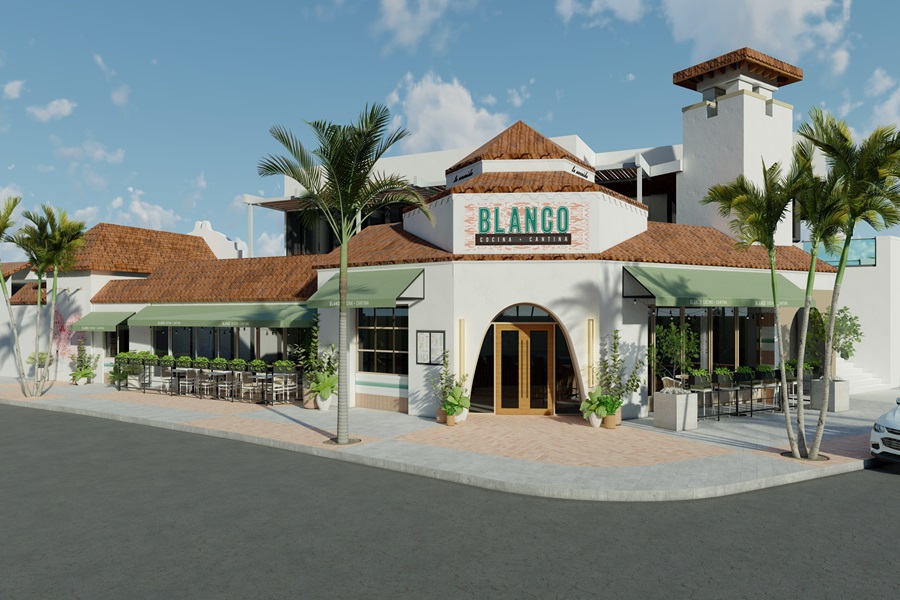
Island life is about to get a lot tastier when Blanco Cocina + Cantina opens its second San Diego location on Coronado Island July 17. The restaurant is part of Fox Restaurant Concepts, founded by Sam Fox, who is behind the wildly-successful Coronado all-day eatery, The Henry.
Blanco offers a vibrant twist on Sonoran-style Mexican cuisine and an extensive margarita & cocktail menu, with a laid-back yet chic coastal vibe that locals and visitors alike are sure to frequent.
Blanco’s Second Coronado Location
Sam Fox, Founder of Fox Restaurant Concepts, expressed gratitude to the Coronado community for embracing The Henry and praised his team’s operational excellence and hospitality. He is excited about opening a second location on the island, offering career growth opportunities.
“We think Blanco perfectly captures the spirit of Coronado island—it’s good times with good people, and great margaritas of course. We can’t wait to open our doors.”
Rich Flavors at Blanco Cocina + Cantina
Blanco’s menu is filled with rich flavors showcasing a commitment to quality; handmade corn tortillas, all-day braises, Summer produce fresh-squeezed for margaritas … every dish is crafted with care and attention to detail.
Guests can look forward to menu favorites including:
- Tiger Shrimp Fajitas with spicy garlic butter
- A variety of tacos (like slow-cooked BBQ Pork with roasted corn slaw, pickled onion, crema fresca)
- Twists on Sonoran-style classics like the Roasted Poblano Chile & Tomato Cheese Crisp
- The Short Rib Machaca Chimichanga (made “Sam Style” by adding a crunchy taco)
Or just go for the drinks, featuring a wide variety of seasonal margaritas and infused tequilas. Standouts include:
- Blanco’s signature Smashed Watermelon Margarita with chile con sal
- Frozen Palomas and Margaritas on tap
- The Tamarindo Mule with spicy tamarind, ginger beer
- Fresh squeezed lime, flights of mezcal and tequila
- Refreshing agua frescas


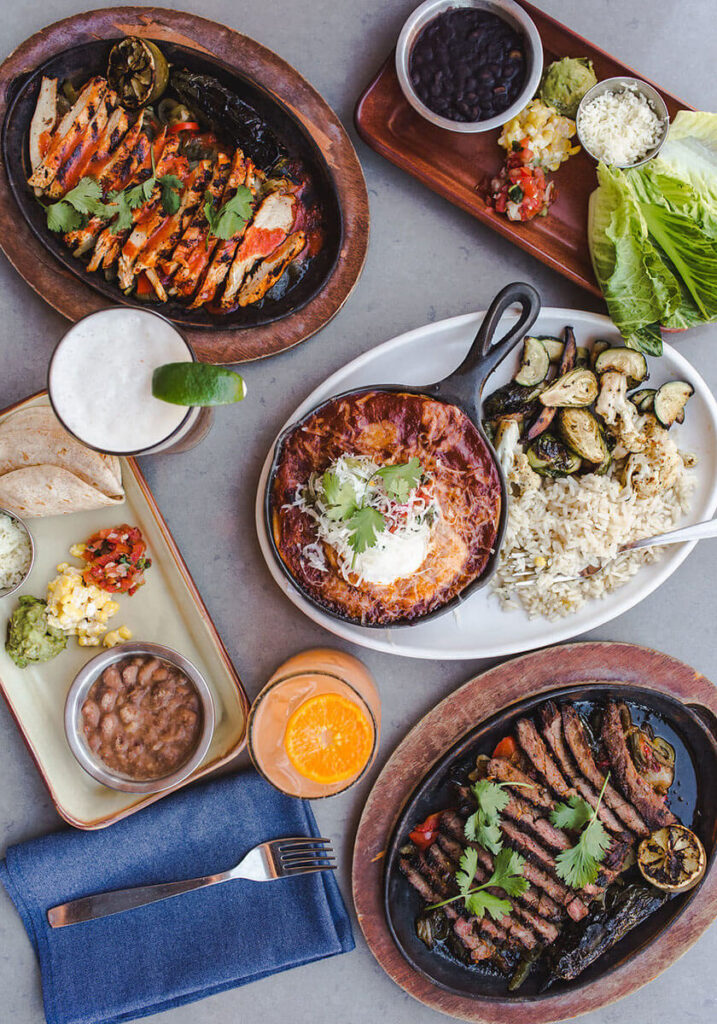
Blanco Brings SoCal Style to Coronado
True to casual SoCal style, the Coronado location will also feature a walk-up taco window with a selection of Blanco favorites, allowing guests to enjoy quick bites and margaritas on the go or when visiting the beach for a picnic.
Blanco’s design seamlessly blends laid-back California cool with a touch of Mexican charm. The bright and airy space boasts a central bar and rich earth tones that are punctuated by pops of vibrant artwork.
Exposed wood beams and natural textures create a sense of warmth, while subtle metal accents, lush greenery, and ample natural light complete the picture, setting the stage to enjoy great food, good friends, and fun.
The restaurant spans over 5,600 square feet and will feature both indoor and patio seating options.
About Blanco Cocina + Cantina
Tacos and tequila. Has there ever been a more perfect pairing? Whether you’re looking for a quick bite over a lunch meeting, craving dinner with the fam, in need of a pick me up after a long day at work or treating yourself after a job well done, we believe tacos and tequila are where it’s at.
Escape the daily grind and get the fiesta of flavor started. Let our welcoming interiors inspired by bright colors and patterns take you to a place that’s full of life. One bite of our ultra- fresh, Sonoran-style Mexican cuisine and you’ll be transported.
At Blanco, your glass will always be half full with tequila, with an extra shot of happy. You get the idea. Grab a bite, grab a drink and join the party.

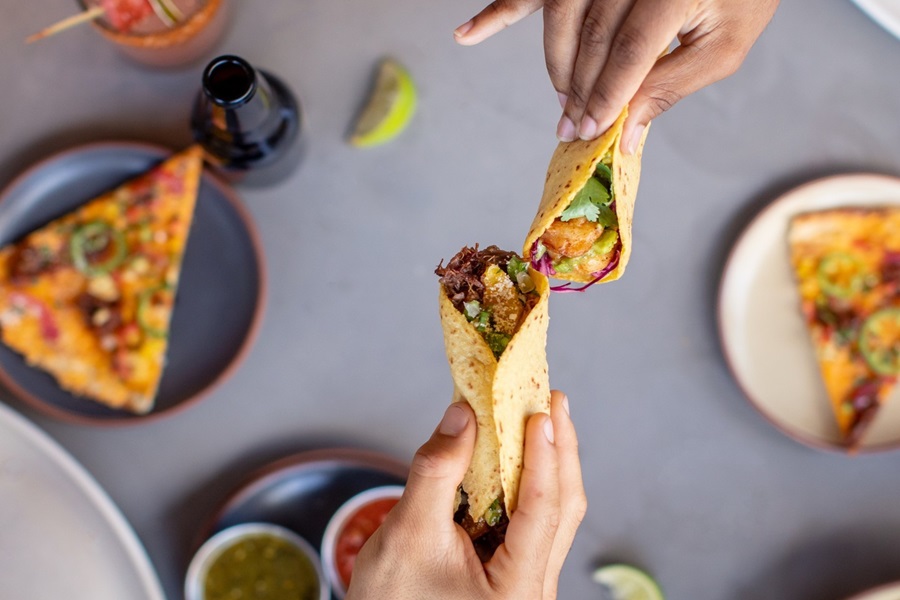
See you there!
Blanco Cocina + Cantina is located at 1301 Orange Ave., Coronado Island, and will offer lunch and dinner service daily Monday through Saturday: 11 AM to 10 PM; Sunday: 11 AM to 9 PM.
Guests can make reservations starting July 17. For more information, visit their website here and follow them on Instagram and Facebook for more updates.
See you there, San Diego!
San Diego, CA
Icon Heroes San Diego Comic-Con 2023 Exclusives [UPDATE July 1]
![Icon Heroes San Diego Comic-Con 2023 Exclusives [UPDATE July 1]](https://sdccblog.com/wp-content/uploads/2024/07/449731745_18402689104076683_5215442997675661327_n.jpg)
Icon Heroes will be back at San Diego Comic-Con again this year, at Booth #3245. They always have an exciting array of licenses, including Zoo Jitsu Fighters, For All Mankind, and more.
Visit the booth to score a free preview comic, collector pins, and character posters for Zoo Jitsu Fighters.
[UPDATE July 1]
Up first, Icon Heroes showed off Tiago the Tigter, presumably one of the character posters they’ll be giving away at the con.
-

 News1 week ago
News1 week agoA Florida family is suing NASA after a piece of space debris crashed through their home
-

 Movie Reviews1 week ago
Movie Reviews1 week agoFilm Review: Everyday of the Dead (2023) by Yuyuma Naoki
-

 Politics1 week ago
Politics1 week agoBiden official says past social media posts don’t reflect ‘current views,’ vows to support admin ‘agenda’
-

 World1 week ago
World1 week agoNew Caledonia independence activists sent to France for detention
-

 World1 week ago
World1 week agoIsrael accepts bilateral meeting with EU, but with conditions
-

 World1 week ago
World1 week agoNetanyahu says war will continue even if ceasefire deal agreed with Hamas
-

 News1 week ago
News1 week agoArkansas police confirm 4th victim died in grocery store shooting
-
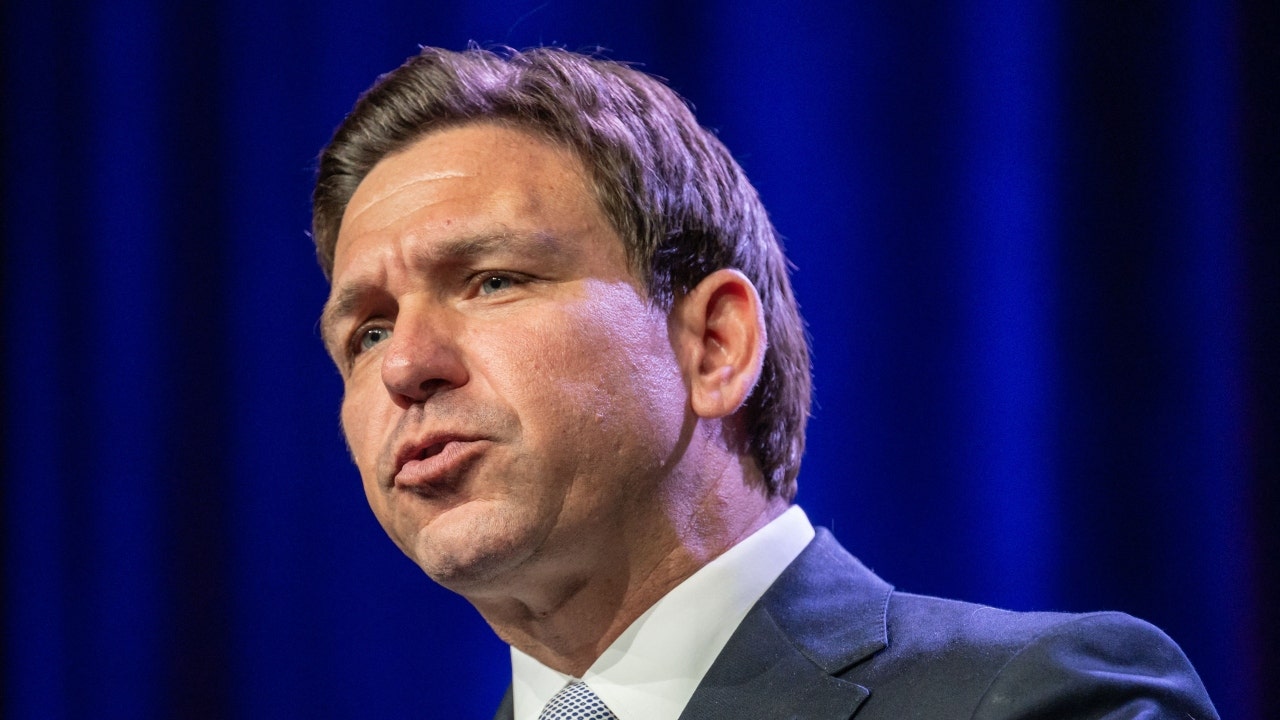
 Politics1 week ago
Politics1 week agoDeSantis signs bill allowing residents to kill bears, vetoes bill that fines slow left lane drivers
